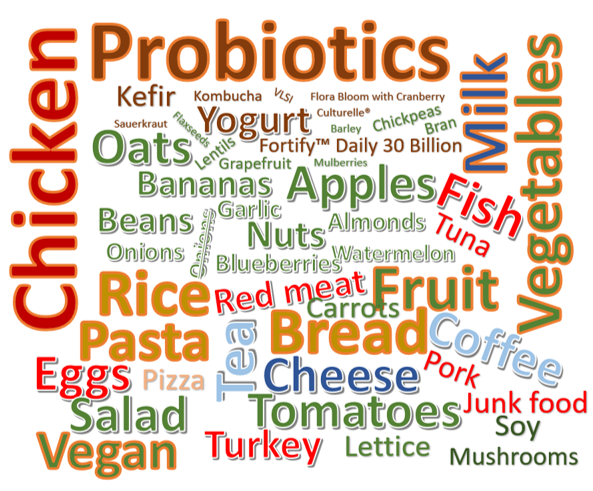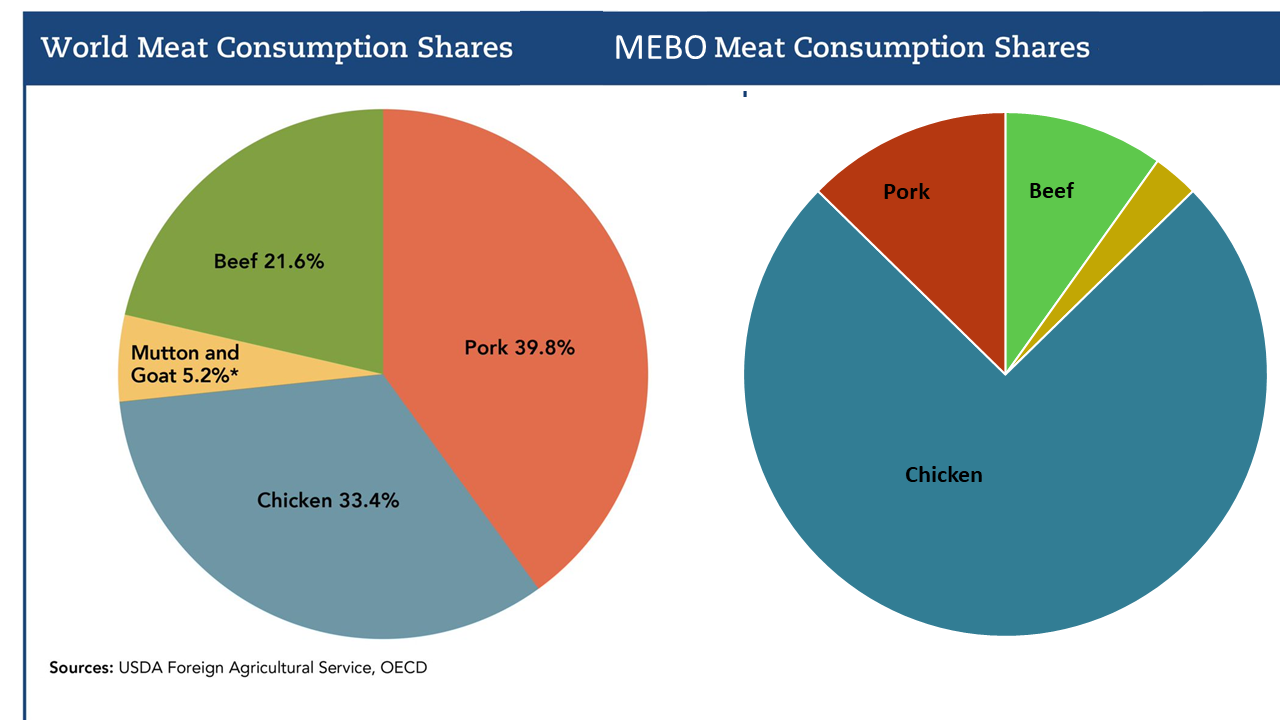Everyone leaves a trace, whether it's a tangible object, invisible DNA, or even an odor.
In a recent study, a team of scientists achieved a remarkable 96% accuracy in determining human sex using a machine learning model guided by human expertise. Researchers collected hand odor samples from 60 individuals and analyzed them using Headspace-Solid Phase Microextraction-Gas Chromatography-Mass Spectrometry (HS-SPME-GC-MS). The results revealed distinct VOC signatures that allowed for the classification and prediction of gender. Various dimensional reduction techniques were employed to interpret the data, such as Partial Least Squares-Discriminant Analysis (PLS-DA), Orthogonal-Projections to Latent Structures Discriminant Analysis (OPLS-DA), and Linear Discriminant Analysis (LDA). The highest discrimination and classification of subject gender were observed with OPLS-DA and LDA as confidence level ellipses of both models were not seen to intersect.
In another study, a combination of deep learning, chemometrics, and sensory evaluation proved effective in distinguishing between various methods of roasting food. The researchers employed E-nose and E-tongue devices, quantitative descriptive analysis (QDA), HS-GC-IMS, and HS-SPME-GC–MS to differentiate lamb shashliks prepared through traditional charcoal grilling and four alternative methods. The results showed that these techniques effectively identified the characteristic flavors and volatile organic compounds (VOCs) associated with each roasting method. The clustering heat maps were generated using TBtools and Python was used to run SVM, RF, XGBoost, DNN 5-layer, CNN-SVM, and t-SNE. The CNN-SVM model outperformed other models in predicting VOC content and identifying the specific roasting methods.Shen C, Cai Y, Ding M, Wu X, Cai G, Wang B, Gai S, Liu D. Predicting VOCs content and roasting methods of lamb shashliks using deep learning combined with chemometrics and sensory evaluation. Food Chem X. 2023 Jun 14;19:100755. doi: 10.1016/j.fochx.2023.100755. PMID: 37389322; PMCID: PMC10300318.







